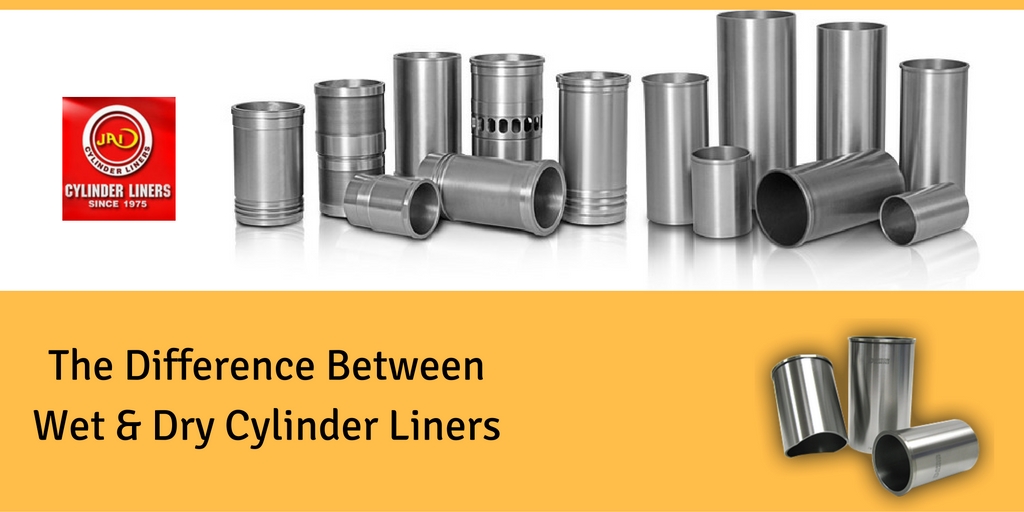Cylinder liners are one of the most important components in an engine and are referred by many names. It is very commonly known as cylinder sleeve. Therefore cylinder liner and cylinder sleeve is both the same thing and can be used interchangeably.
Other major component which works along with a cylinder liner is the piston which is then connected to the coolant in order to bring down the temperature during the operation process. There are replaceable cylinder liners which are used in several diesel engines. So engines also come without a cylinder liners, these are generally lighter in weight and consist of a more advanced technology., however most of the engines come with a cylinder liner as it provides protection along with several other benefits.
Since the temperature increase to a very degree during manufacturing process therefore the sleeve often gets worn ,thus p[protecting the engine, therefore it is important for the cylinder liner to be made pout of robust material which does not get damaged easily. Once the sleeve has been damaged and is in no better condition to be used, it is advisable to replace the sleeve.
It is very simple to replace the cylinder liner and should be definitely be replaced with a new liner. This can be done with a pressing machine which presses it in and out and positions it correctly and can be done at the same location without taking the engine to a machine stop. However in case of a heavier engine which is quite big in size and heavy to lift, requires to be transported to a machine shop for removal of cylinder liner.
Since the engine liner are made of more robust material generally alloys therefore can surpass any amount of heat and pressure .Mostly they are made of iron and aluminium but can consist of other metals in an alloy such as nickel, chrome etc.
There are various kind of cylinder liners, such as dry cylinder sleeve, wet cylinder sleeve and finned cylinder sleeve. These are used according to needs and requirements. Wet type & Dry cylinder liners have many advantages as regards the wet cylinder sleeve.
Dry cylinder liners are among the elementary piston masks. They generally tolerate particularly high temperatures and protect against impurities, so they are assembled of high-grade constituents, such as cast iron and ceramic-nickel electroplating. Dry liners are much solvent than their complement, wet liners. They do not interrelate with the engine coolant nonetheless in its place deliver a very close fitting with the cover in the piston block to defend the piston from high temperature and pressure.
Manufacturers producing cylinder liners and sleeves are using two distinct types of lubrication for journal bearings and crosshead bearings employed in marine diesel engines.

